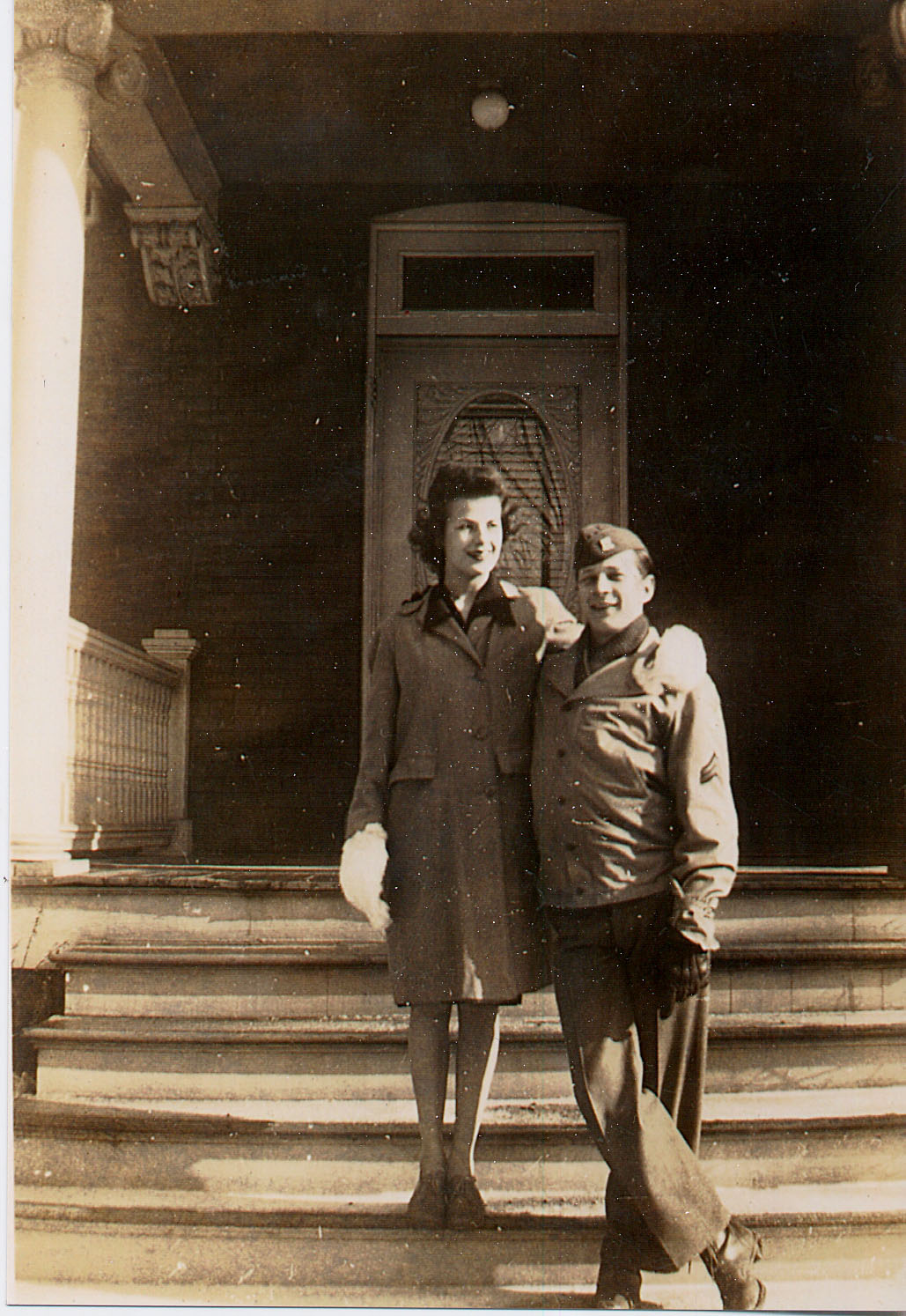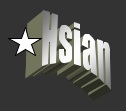The OSS team had prearranged things with Chinese Communists, who were operating in the Xinxiang area. They were going to help float rafts loaded with explosives down the river and detonate them at the bridge, making sure somehow to destroy the bridge's main supports in the process.
Our pathfinder mission took place a day or two later. We took off with the two drop pilots and one of the C-47 navigators all crammed into the gunner's compartment. That mission's plan was to make an attack on the marshalling yard, making several passes, circling over the targeted drop compound after each pass to be sure the C-47 pilots knew exactly where the drop would be made. It all sounded easy, but after three passes, the C-47 guys weren't sure they had the compound spotted and we had to make two more strafing runs before everybody was certain of the drop target. Meanwhile the Japanese gunners in the marshalling yard were having a field day with us, scoring a number of hits on our plane. The C-47 pilots and navigator were considerably impressed by the crashing roar of our machine cannons, exploding in bursts just under their feet. They were also impressed with what we night-fighter types confronted
 in the manner of
hostile response during the course of our missions. We didn't let
on that this mission was, in fact, a pretty hairy one. I don't
think the C-47 people had ever been under fire before and we were, in
fact, lucky that no one got hit.
in the manner of
hostile response during the course of our missions. We didn't let
on that this mission was, in fact, a pretty hairy one. I don't
think the C-47 people had ever been under fire before and we were, in
fact, lucky that no one got hit.At the debriefing, Col. Coleman cautioned us about making too many passes at the marshalling yards. Day fighters were limited to one pass, and night fighters shouldn't take more than three at the outside. We were in the dark phase of the moon, and the weather stayed good. The "drop" mission and our accompanying diversionary mission were underway a day or two later. Using black parachutes, the OSS men would make a static line jump at 750-foot altitude from the first gliding C-47. The equipment would be tossed out of the second plane the same way a few minutes later.
The mission was planned so that all three planes would reach the target area at 1:30 a.m. In the faster P-61 we took off thirty minutes after the C-47s to make the rendezvous. We made brief VHF radio contact with the drop planes just before reaching the target, and everyone was set to go. The C-47s would make their gliding approach from a direction that would allow them to turn toward the marshalling yard, where they would restart their engines and sneak away amid the noise and confusion of our strafing attack.
On the lead C-47's signal, we made our first strafing run, firing high explosives and incendiary shells into the gun emplacements and flak towers that guarded the marshalling yard, and anything else that looked like a target. As we swung around and started the second pass, we heard the C-47 people talking and one of them was confused about the location of the drop target. Then they were back on course, and we were into another strafing pass, now facing heavy and accurate ground fire. Then there was again uncertainty on the part of the C-47s, and we were now taking a pounding from the ground, much worse than the preceding night. We were duty-bound to continue the diversionary attack. The OSS team couldn't be left exposed in their daring enterprise. They wouldn't survive capture.
We wound up making seven passes at the marshalling yard, using up all of our ammunition. The drop was ultimately a success, and the C-47s sneaked past us and away without being observed. We also sneaked out of there, lucky to be in one piece, but our airplane was shot to doll-rags. We made it back to Hsian still in the air with oil pressure problems in one engine and the hydraulic system failing. We were able to get the main gear down -- at least it looked okay -- but the landing gear indicator didn't show as "locked" or even fully down. There was no way to check the nose wheel, so we had to delay our landing until the C-47s came in, landed, and cleared the runway.
We made a cautious approach, and touchdown went all right, as far as the main gear went, but Ab held the nose wheel off as long as possible until (with a thump) it proved to be okay, too. Then, still rolling fast, we discovered that the hydraulic system had failed completely and we had no brakes. The runway was too short for landing operations without brakes, and there was a "tank trap" at the end of the runway about six feet deep. At the last moment Ab ground-looped the airplane, using the power of the one good engine to slow the plane around in a skidding circle to a final stop. We had to be towed into our hard stand.
The next morning's inspection of our plane revealed scores of bullet holes, mostly aft of the pilot's seat. One of the radios was gone. There was a hit on one engine with a cylinder wall punctured, and the hydraulic system was ruined. One wing flap was hanging fully down, while the other was half down. One main gear tire was flat. All in all, our plane was a sorry sight. The crew chief said, "You can scratch that Black Widow." And like our first plane, Jing-Bow Joy-Ride, this plane was class 26'd, to be cannibalized.
We hoped that the OSS mission would be successful, but we weren't sure we would still be in China to find out. We were going home, per the orders that were now sweat-stained in my pocket.
Photo above: Smith and his new wife, Callie, on their wedding day.
